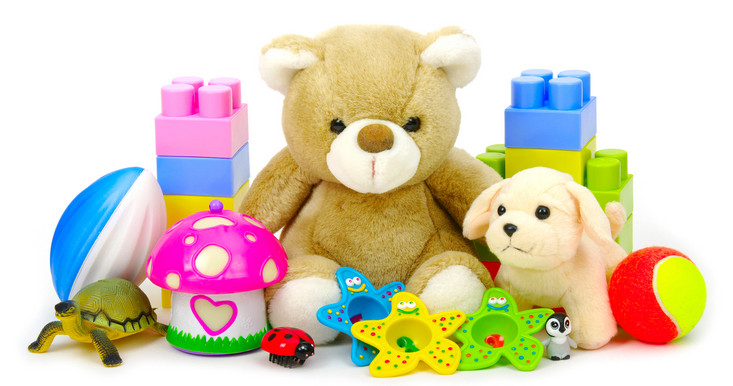
NewsInformation Center
What are the for textile toys safety testing?
2023/10/11
Textile toys are one of the most common types of toys used by children, and their safety testing is an important part of ensuring that the products comply with relevant regulations and standards.

Below are some common textile toys safety testing items:

1. Chemical substance testing:
a. Formaldehyde content test: to detect the content of formaldehyde in the toys to ensure that it meets the safety standards.
b. Flame retardant test: Detect whether the flame retardant used in toys comply with the specifications and restrictions. c. Hazardous heavy metals test: Detect whether the flame retardant used in toys comply with the safety standards.
c. High-risk heavy metals test: Test whether the toys contain high-risk heavy metals, such as lead, cadmium, etc., to determine whether the content meets the relevant standards.
2. Physical property test:
a. Conformity test: test whether the size, thread seams, fabric tension and other parameters of the toys are in accordance with the product specifications.
b. Vertical burning test: test the burning performance of toys to determine whether they meet the fire requirements.
c. Tensile strength test: test the tensile strength of the rope, zip and other parts of the toy to ensure its durability and safety.
3. Accessibility and Sharp Edge Test:
a. Small parts accessibility test: test whether small parts in toys are easy to be removed by children to prevent accidental ingestion or choking hazards.
b. Sharp Edge Test: Test whether there are sharp or pointed objects in the edge part of the toy to ensure the safety of children when using.
4. Fabric colour fastness test:
a. Wet rubbing colour fastness: To determine the colour fastness of toy fabrics to avoid bleeding of pigments and adverse effects on children.
b. Dry rubbing colour fastness: to test whether the toy fabric will bleed pigment when rubbed.
5. Apparatus testing:
a. Small Parts Durability Test: Tests the durability performance of small parts such as buttons, zips, buckles, etc. used in toys.
b. Electrical Conductivity Test: To test the electrical conductivity of metal parts on toys to avoid the risk of electric shock.
6. Testing for substances that trigger asthma and allergic reactions in children:
a. Allergenic substance test: Test toys for the presence of substances that may trigger allergic reactions in children, such as dyes, glues, and fabric materials.
7. Temperature tolerance test:
a. Thermal Stability Test: To test the toys' ability to withstand high temperature environment and to ensure that they will not be deformed or burned due to excessive temperature and other hazards during the use of the toys.
These test items are common in the safety testing of textile toys, but not all. Specific test items and requirements may vary according to the regulations and standards of different countries or regions. To ensure the safety of textile toys, please refer to the local regulations and standards, and commission an organisation that meets the relevant certification requirements to conduct the tests. Please note that the above information is for reference only and specific test items and standards should be confirmed according to the actual situation.
Previous: What are the testing instruments for travel luggage?
N e x t : How do you test slip resistance for shoes?



